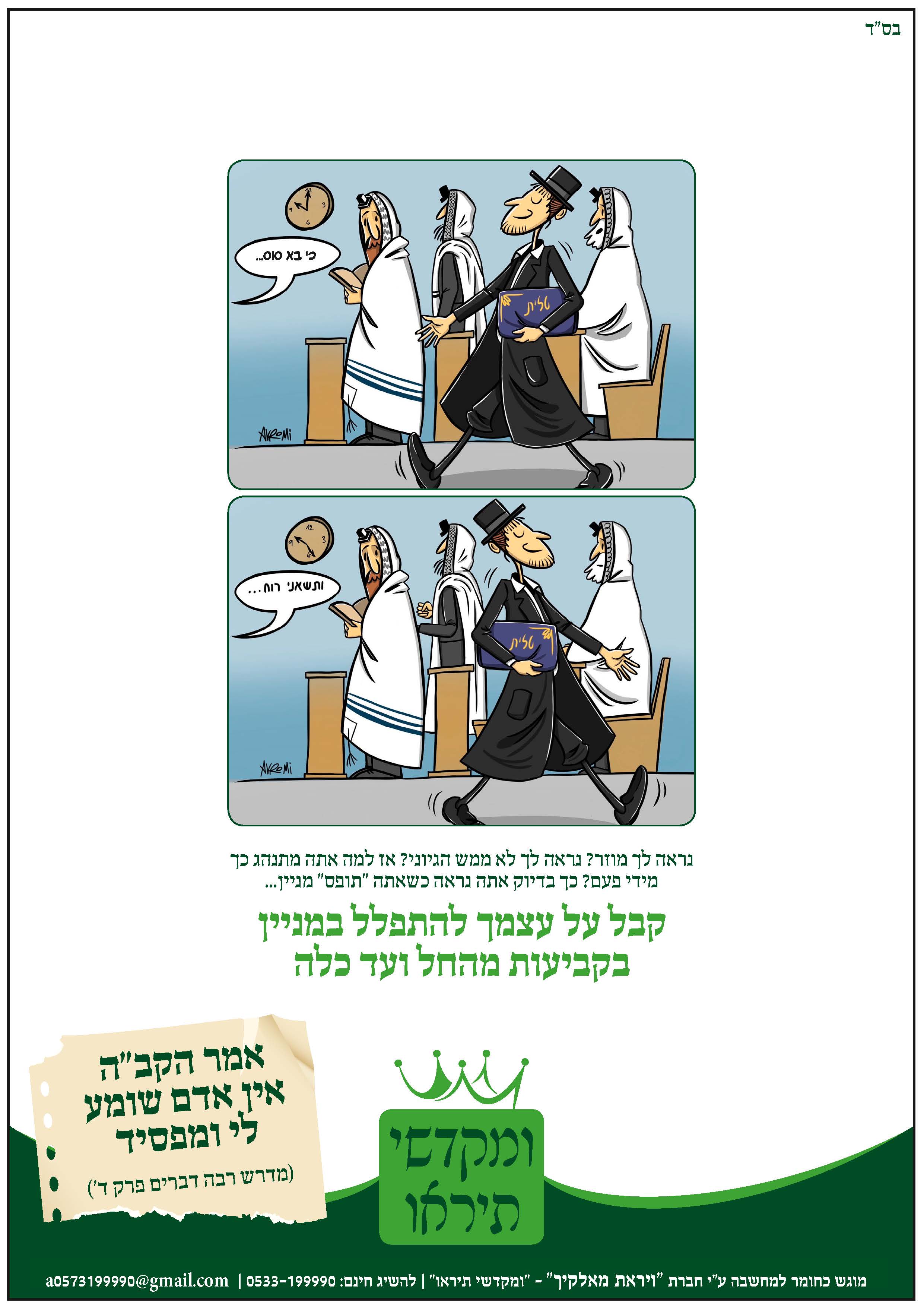Among Jewish institutions, it appears the more shallow an institution, the more care they take to preserve their history. Why is the devotion to the writings of, say, Lithuanian scholars any less than that of their counterparts?
This weakens those who write and teach in the present. Why bother when you won’t be remembered either? Per “Mazla”, even a Sefer Torah is given devotion, except there are inexplicable degrees of devotion, which is where “luck” comes in. But with Torah scholars, there is no mystery: anything which doesn’t exactly fit current fashion in its externalities and/or not written by the figureheads collects dust. “Editor-types” are not respected, let alone cultivated.
Koheles 1:8-11:
כל הדברים יגעים לא יוכל איש לדבר לא תשבע עין לראות ולא תמלא אזן משמע. מה שהיה הוא שיהיה ומה שנעשה הוא שיעשה ואין כל חדש תחת השמש. יש דבר שיאמר ראה זה חדש הוא כבר היה לעלמים אשר היה מלפננו. אין זכרון לראשנים וגם לאחרנים שיהיו לא יהיה להם זכרון עם שיהיו לאחרנה.
Why aren’t older works republished, especially in our time, when scanning and typesetting are far cheaper? And if they are, who exactly is reading them? Are they widely available? Are they quoted? And if having even a simple website is improper, how about Google Drive, or the like? And shouldn’t the budget increasingly reflect future technology, new mediums, etc. to a degree (even if Torah study must always be largely one-on-one)?
If you’re not committed to the past, you’re not committed to the future.

